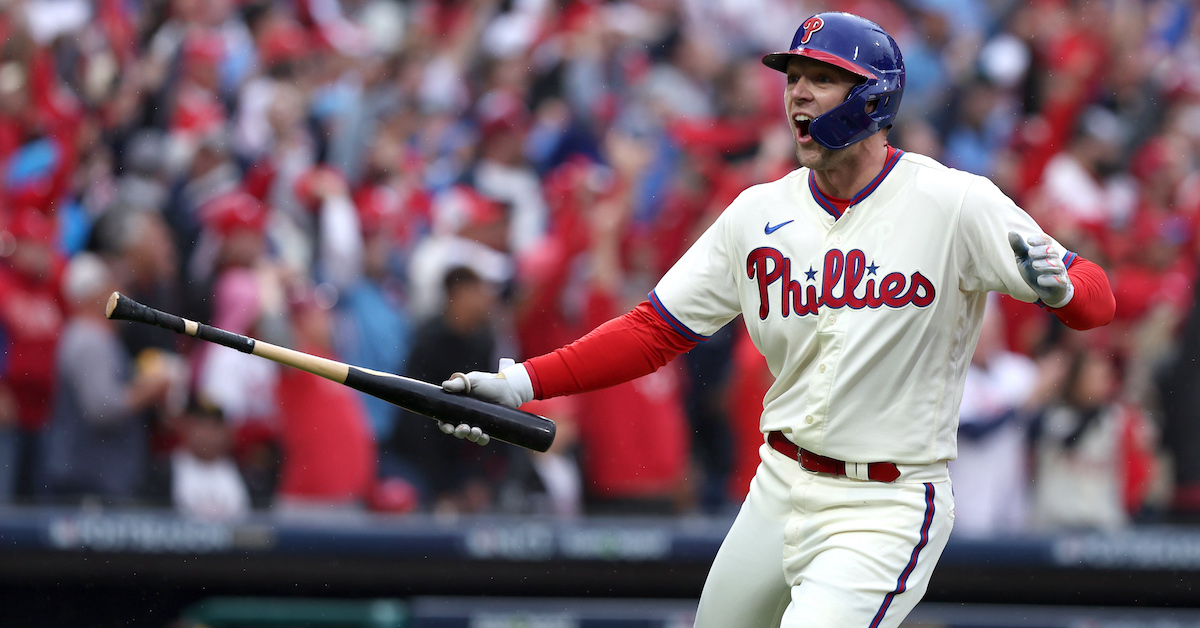Trading Cheesesteaks for Cheese Curds, Rhys Hoskins Joins the Brewers

Hoskins ranked 20th on our Top 50 Free Agents. Ben Clemens estimated that he would receive a three-year contract for a total of $45 million, meaning that Hoskins fell short of the estimate in terms of years, but exceeded it in terms of average annual value. Michael Baumann did a lot of the legwork a couple weeks ago, so I’ll leave it to him to remind you of just how good a hitter Hoskins is:
The value that Hoskins brings is obvious. His power can be streaky on a game-to-game basis — a danger of being a three true outcome-heavy hitter — but in the aggregate, he’s one of the most consistent players in baseball. Hoskins is a career .242/.353/492 hitter, with a 13.5% walk rate and a 23.9% strikeout rate. That’s a career wRC+ of 126.
In four full seasons in the majors (discounting Hoskins’ 50-game rookie season and the 41 games he played in 2020), he’s never been worth more than 2.4 WAR, nor less than 2.0. His full-season career low in wRC+ is 112, while his full-season career high is 128. You can like or dislike the total package, but you know what you’re going to get.









